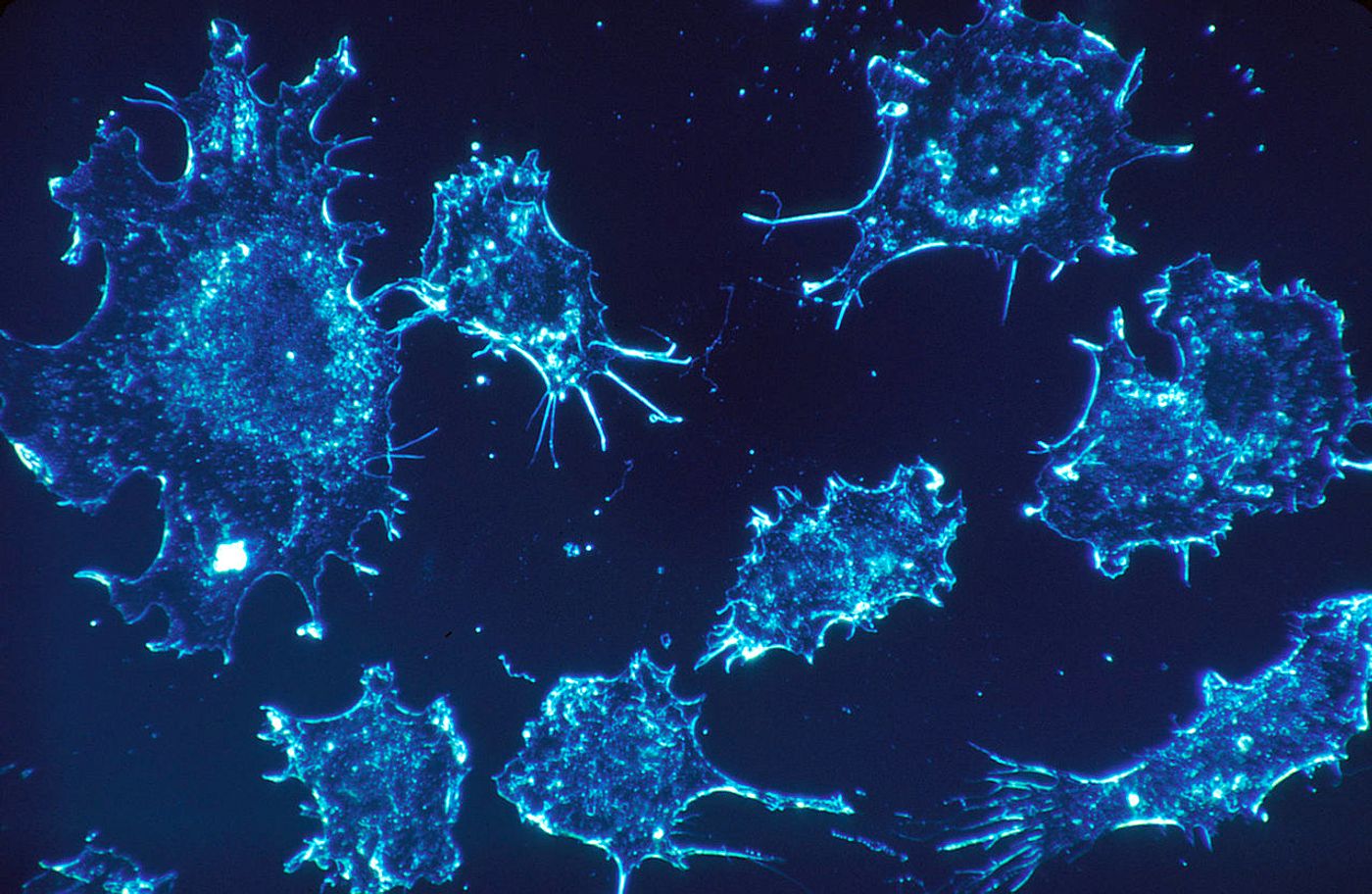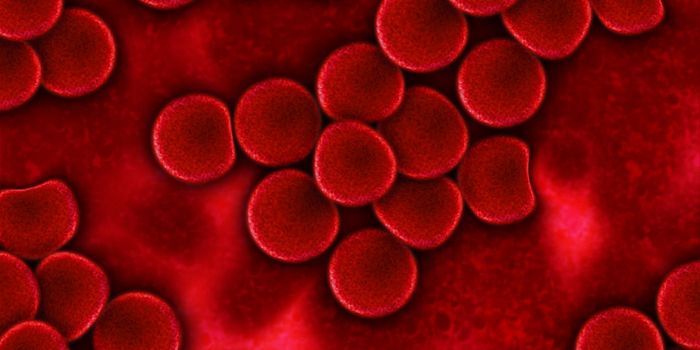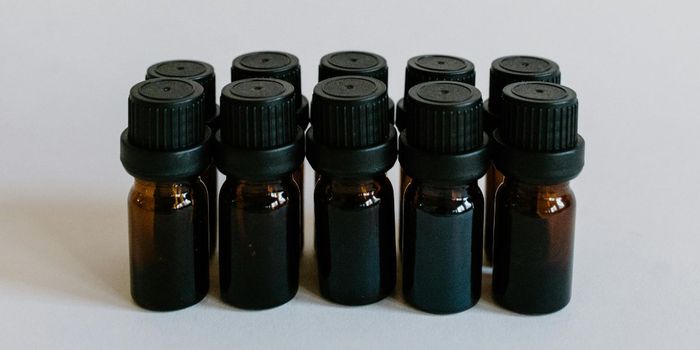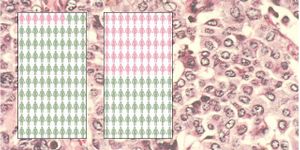A drug-like molecule could prove valuable in cancer research with the potential of developing a new pharmaceutical.

Researchers from the
Ontario Institute for Cancer Research (OICR) and the Structural Genomics Consortium (SGC) at the MaRS Discovery District in Toronto have developed a new drug prototype called OICR-9429 and made it available to the research community. Research performed by international groups using OICR-9429 has demonstrated its effectiveness in halting cancer cell growth in breast cancer cell lines and a specific subtype of leukemia cells.
While a great deal of time and resources are needed to test new cancer treatments, most ideas fail late in the development process. Most of the activities are carried out in parallel, without collaboration, causing duplication of effort and increased cost of cancer drugs. By offering early-stage drug-like compounds such as OICR-9429 to other researchers, OICR and the SGC are enabling more rapid testing of new treatment strategies and sharing of the results. Independent studies from Philadelphia and Vienna have offered evidence that the cellular target of OICR-9429 could be important for drug discovery.
According to Dr. Cheryl Arrowsmith, chief scientist at SGC Toronto, professor in the Department of Medical Biophysics, Faculty of Medicine at the University of Toronto and a senior scientist, Princess Margaret Cancer Centre, University Health Network, "In the time that it would normally take to negotiate a legal agreement to provide OICR-9429 to other research teams we have received results back from our collaborators showing that it can kill two different types of cancer cells. Opening our chemistry capabilities to the world's scientists allowed us to crowdsource and accelerate the research."
As Dr. Rima Al-awar, director and senior principal investigator, Drug Discovery Program, OICR, explained, "It is remarkable how quickly our research results were translated into discoveries by the groups around the world. We are looking forward to seeing more research conducted with OICR-9429 and showing that this new approach to early-stage drug discovery has significant advantages."
OICR-9429 inhibits a protein called WDR5. Two recent studies evaluated its effect on breast cancer and leukemia cell lines and offered promising results.
Dr. Shelly Berger at the University of Pennsylvania used OICR-9429 to stop cancer cell growth in a panel of breast cancer cell lines driven by mutated forms of the gene p53. In its normal form p53 is a tumor-suppressor, but once it is mutated, it causes cancers to grow though its stimulation of WDR5 function. The p53 gene is mutated in at least half of all cancers and is dysregulated in others.
Drs. Florian Grebien and Giulio Superti-Furga at the CeMM Research Center for Molecular Medicine in Vienna, Austria, used OICR-9429 to show the potential of WDR5 as a therapeutic target for leukemia. They found that OICR-9429 stopped the growth of leukemia cells with a very specific mutation found in about nine per cent of patients with acute myeloid leukemia.
These two studies culminated in joint publications, in Nature and Nature Chemical Biology respectively, between the international researchers and the Ontario-based OICR and SGC teams, as reported in
Drug Discovery & Development.
OICR-9429 is one of a series of drug-like compounds developed by the SGC. These compounds are enabling a new approach to early-stage drug discovery. The SGC and OICR teams are continuing their collaboration to identify additional drug-like molecules to advance cancer drug discovery.









